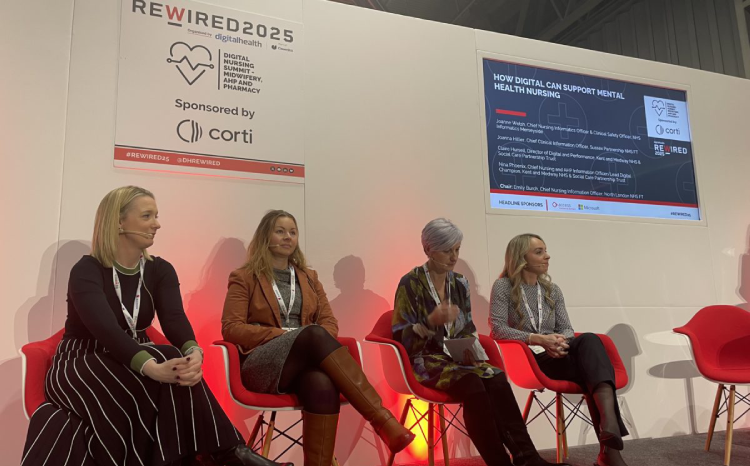Groundhog Day
- 10 May 2005
 Linda Davidson
Linda Davidson
“It’s Groundhog Day,” said one wit as a posse of the clinical professions’ IT enthusiasts met to work out how they could connect their colleges, societies and associations with Connecting for Health.
The delegate recalled it was 11 years since she was first invited to sit on an information advisory committee. Others politely referred to the “sustainability” of the agency’s new clinical information advisory groups but there was no doubt that a few of regulars were feeling a strong sense of deja-vu.
The new groups have been formed to provide a working interface with the organisations that most clinical staff in the NHS belong to. They range from associations who count their members in hundreds up to the mighty Royal College of Nursing with 380,000 members.
Size doesn’t always bring clout, however. The list of medical associations invited to send representatives was longer than those for the allied health professions and nursing, yet doctors are a smaller part of the NHS workforce numerically than the nurses and AHPs. Small can be powerful.
Anxiety
|
"We were asked, ‘Where is the interface with the professions?’ The agency is in your hands"
— Dr Gillian Braunold, NPfIT clinical lead for GPs |
If the professions were displaying some weariness, sympathy must also go to the clinical leads from Connecting for Health who are venturing into territory that has left many a minister and official bloodied, battered and baffled.
First off, they managed to upset the Royal College of Midwives by referring to it as a nursing association. (Dangerous ground. Midwives have never like being mistaken for nurses and now direct entry training means they can say that over 50% of the college’s membership has never completed nurse training.)
Then there was a firm reminder from several representatives that the organisations were not part of the NHS and were funded by members whose money had to be spent carefully. How much could they allocate to helping the government with its IT programme?
The clinical leads’ trump card, of course, is that they are themselves members of the professions and have dual accountability to the professions and the programme, but this particular area of clinical engagement is still probably the trickiest.
As the anxiety levels grew about the work involved and the resources needed, even the good-humoured GP clinical lead, Dr Gillian Braunold, sounded a tad exasperated when she pointed out: “We were asked, ‘Where is the interface with the professions?’ The agency is in your hands.”
Ian Scott, clinical lead for hospital doctors said: “We are not asking anything of the organisations, except to be leaders.”
‘Two-way concern’
On the upside, the professional organisations have a lot to offer. They all have a high degree of involvement, if not actual control, over their members’ pre- and post-registration education and this will be a critical factor in developing a workforce ready to use IT effectively.
They have a wealth of experience in areas such as ethics and the application of medical law to their members’ work – potentially an invaluable source of wisdom in areas such as confidentiality.
Professional organisations have well-established lines of communication with members ranging from local meetings to learned journals. Many have led research on documentation and record keeping.
At the session attended by E-Health Insider there were no dissenting voices against the approach taken by Connecting for Health. For example, the Royal College of Midwives – keen not to appear grumpy – is very supportive of integrated electronic records. Deputy general secretary, Louise Silverton, told E-Health Insider that members working across hospital, community and general practice often wasted time writing up notes, then inputting them into stand-alone GP systems. They need a joined-up system.
Midwives also have long experience of working with mothers who hold their own records and the college would like to see this extended by giving mothers given access to their electronic records and to online information.
Delivery, both of sound consultation and technology, emerges as the big issue.
Kamini Gadhok, chief executive at the Royal College of Speech and Language Therapists, who was a member of the disbanded initial consultative body, the National Clinical Advisory Board, and now serves on the Care Record Development Board said: “There’s a real concern about trust in what’s happening because of these changes. People like me will hang on because we think it’s important.”
Engagement is a two-way deal and Connecting for Health clearly has some way to go if it is to woo the professional organisations. The organisations, too, may reflect that engaging with them isn’t the easiest task; more a case of convincing sceptical in-laws than bonding with a loving fiance.
Related stories
Professions invited to advise Connecting for Health




